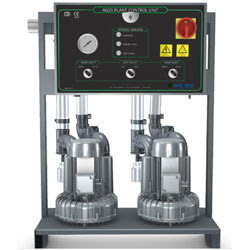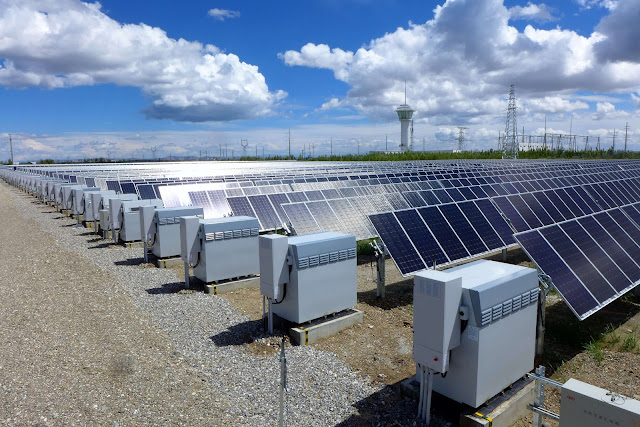An Introduction to Anesthesia Gas Scavenging System: What You Need to Know?
 |
| Anesthesia Gas Scavenging Systems |
The Anaesthesia Gas Scavenging
System (AGSS) is a crucial part of the anaesthesia machine that stops
anaesthetic gases from escaping into the environment while surgery is being
performed. Waste gases from the breathing circuit are intended to be collected
and removed by the system, avoiding their escape into the atmosphere. The AGSS
is often referred to as a waste gas disposal system or an evacuation system.
The Anaesthesia
Gas Scavenging System functions by sucking the waste gases from the
breathing circuit and delivering them to a disposal system or centralised gas
scavenging system using a vacuum pump. The disposal device, which can be active
or passive, scavenges the anaesthetic gases by absorbing, adsorbing, or
condensing them before venting them into the atmosphere or an exhaust system.
A vacuum pump, gas inlet,
scavenging interface, exhaust system, and disposal unit are some of the parts
that make up the AGSS. The system that generates negative pressure to suck the
waste gases from the breathing circuit has a vacuum pump at its centre. The
scavenging interface gathers the waste gases from the breathing circuit, and
the gas inlet links the AGSS to the anaesthesia machine.
The scavenging interface receives
the collected gases from the exhaust system, which then transports them to the
disposal unit. The disposal device may be a condenser, molecular sieve, or
activated charcoal canister. While the molecular sieve separates the gases
based on their molecular sizes, the activated charcoal canister uses chemical
adsorption to absorb the waste gases. Condensation and collection result from
the removal of water vapour from the gases by a condenser.
The AGSS offers various
advantages, such as worker safety, environmental protection, and health
advantages. The device reduces environmental pollution and greenhouse gas
emissions by preventing the discharge of anaesthetic gases into the atmosphere.
Healthcare personnel are also shielded by the AGSS from waste gas exposure that
can result in headaches, nausea, and other health issues.
Additionally, by lowering the
concentration of waste gases in the operating room, the AGSS enhances the
environment's quality, making it safer and more comfortable for both patients
and medical personnel. The system is a crucial part of contemporary anaesthesia
machines since it complies with the regulatory standards of the majority of
nations and professional associations.
For the AGSS to operate at peak
efficiency, frequent testing and maintenance are required. To avoid saturation
or blockage, the disposal unit should be routinely replaced and the hoover
pump's suction power should be monitored. Additionally, the AGSS has to be
checked for broken or malfunctioning parts and kept an eye out for leaks.



Comments
Post a Comment